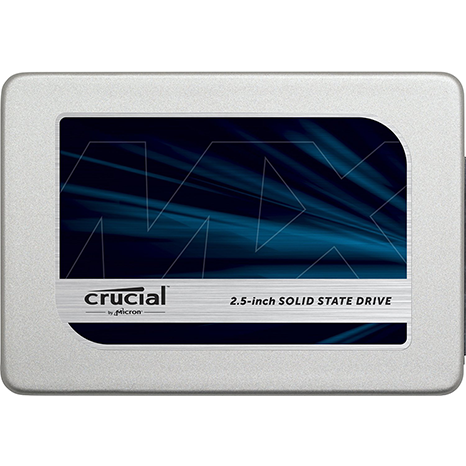Early Verdict
The Crucial MX300 2TB delivers large capacity over SATA at a class-leading price point. The performance is the lowest of any MX-series product, so users should consider this as an entry-level BX series product. You will notice a performance difference if you are coming from a high-performance SSD, but many will overlook it to gain the high-capacity advantage.
Pros
- +
Large 2TB capacity
- +
Excellent software package
- +
Lowest-priced 2TB SSD
Cons
- -
Entry-level performance
- -
High latency spikes during moderate and heavy workload
Why you can trust Tom's Hardware
Specifications And Features
The Crucial MX300 isn't the first 2TB SSD to reach the consumer market, but it expands the field. As the fourth consumer-focused 2TB available, the MX300 provides the lowest price, and some could argue that it provides the best balance of features among the limited number of 2TB SSDs available.
The MX series targets mainstream users that dip their toes into several pools. The category covers most of us that use our systems for tasks that fall under a broad blanket, like work, playing games, email, and other "normal" endeavors. As a result, the MX series doesn't have to be the best at anything, but it has to be good at everything. For SSD manufacturers, tuning for a wide range of applications is more difficult than optimizing for specialized prosumer products.
The MX300 is the first product to utilize Micron's new 3D NAND manufacturing process, and the 3D 384Gb TLC die is one of the most advanced available. Crucial paired the flash with a mature 4-channel controller from Marvell. We suspect Micron chose the Marvell Dean controller for its advanced Low-Density Parity Check (LDPC) error correction technology. Micron's new 3D NAND flash hasn't amazed us as we initially expected, and we've pulled every excuse out of the bag, such as poor parallelism from suboptimal configurations, 4-channel controllers, and early production. In reality, it appears the flash isn't as good as we hoped. The MX300 2TB finally allows us to examine the NAND in packages with a high die count, but the performance is still lower than previous-generation MX series products.
Specifications
Crucial went all out with an expansive range of MX300 products. Five capacities range from 275GB to the large 2TB model we have in the batter's box. Some of the capacities also ship in an M.2 form factor, as well. The 2TB drive delivers 2050 gigabytes to the end user, but it isn't double the capacity of the 1TB model, which is 1050 gigabytes. Micron moved the additional space into spare area to enhance the dynamic SLC buffer that works to keep the drive's performance high during bursty write workloads.
The MX300 2TB doesn't deliver more performance than the other high capacity models in the same series. We should see enhanced sustained write performance in steady-state conditions, but Crucial doesn't list every workload on the specification sheet. The company lists the MX300 2TB with 530 MB/s of sequential read and 510 MB/s of sequential write performance. Random data flows at 92,000/83,000 read/write IOPS. The write specifications take advantage of the gracious SLC buffer that shrinks as you store more data on the flash.
Pricing And Accessories
We found the Crucial MX300 2TB available online for as low as $549.99, which is lower than the Samsung 850 Pro and EVO, as well as the OWC Mercury Electra 2TB. As it sits now, those are the only 2TB SATA SSDs available on the market. Samsung just released the 960 Pro 2TB to media and it is available with a presale for end users, but the $1,299.99 NVMe SSD is not in the same price class as the SATA products we are testing.
Crucial's MX300 includes two software add-on packages that you download from the company's website. The Storage Executive software allows users to manipulate and check the status of Crucial SSDs, and the company also offers the industry standard backup and disk cloning software Acronis True Image HD.
Get Tom's Hardware's best news and in-depth reviews, straight to your inbox.
Warranty And Endurance
The MX300 series ships with a three-year limited warranty. The 2TB model provides up to 400TBW (Terabytes Written) of endurance, which is a general indication of how much data you can write to the SSD before the warranty expires.
Packaging
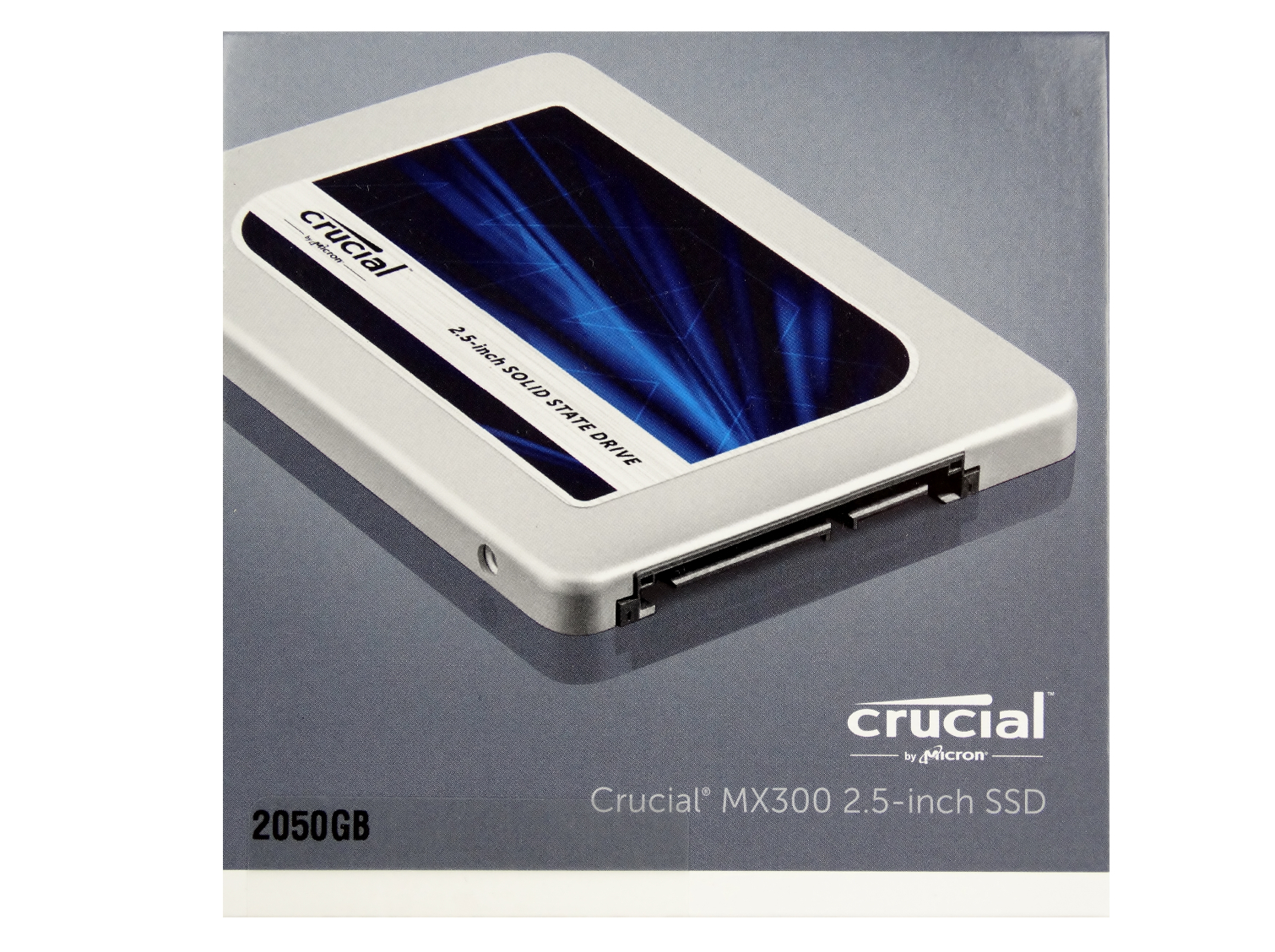

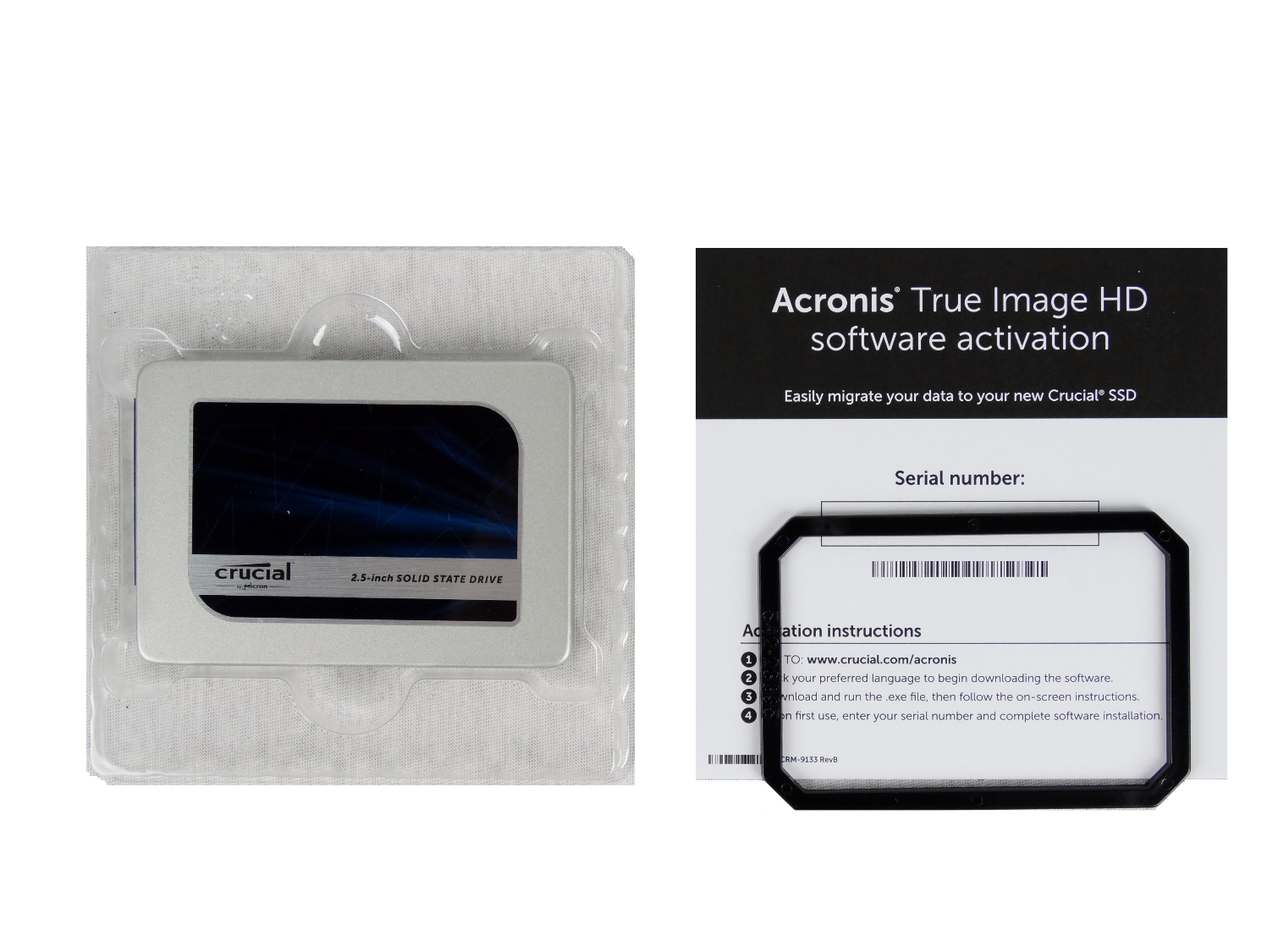
Crucial has used the same general package for consumer SSDs for many years now. The drive comes encased in a plastic shell with a 7mm to 9.5mm adapter bracket and instructions for downloading the Acronis True Image HD software package.
A Closer Look
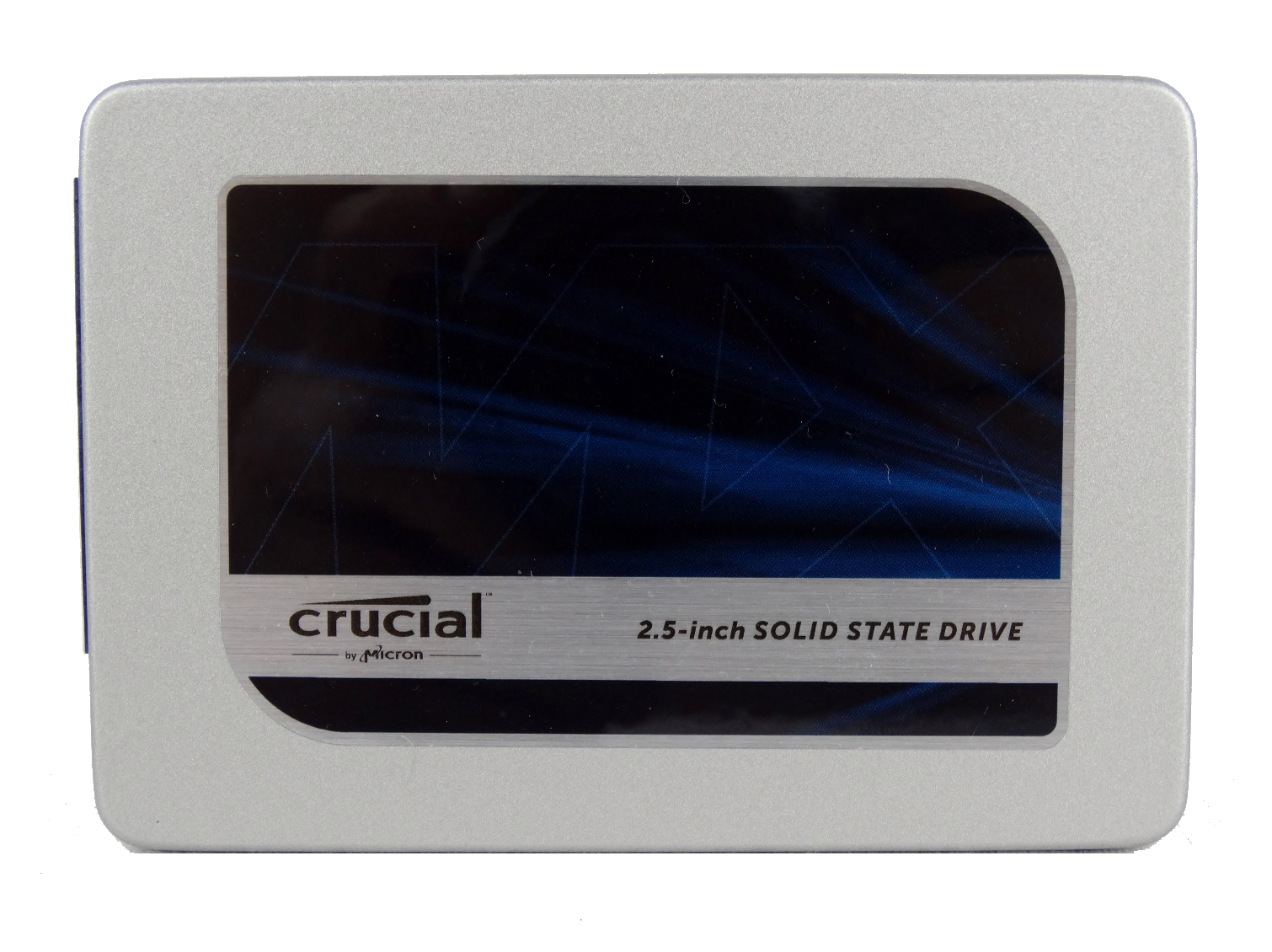
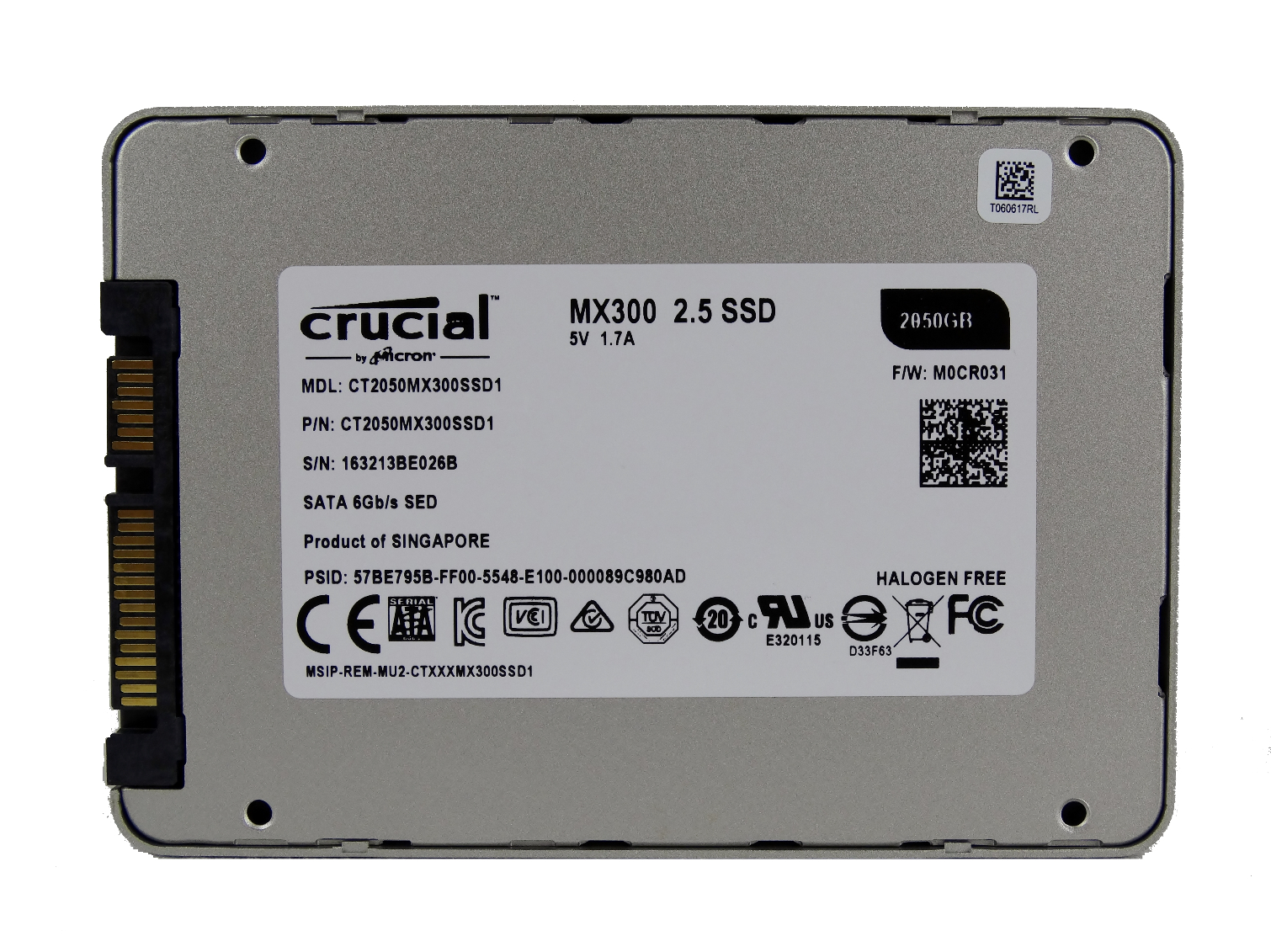
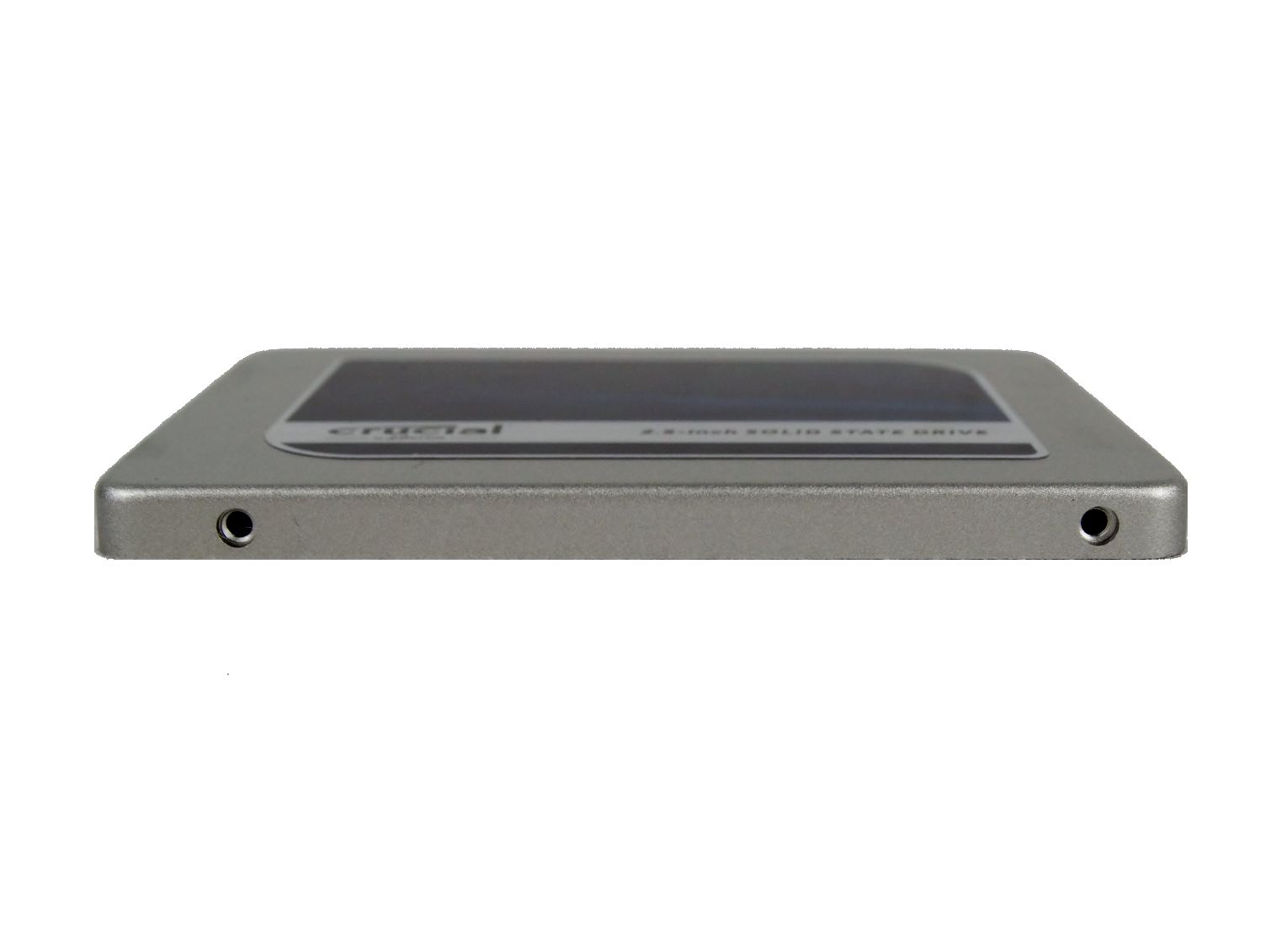
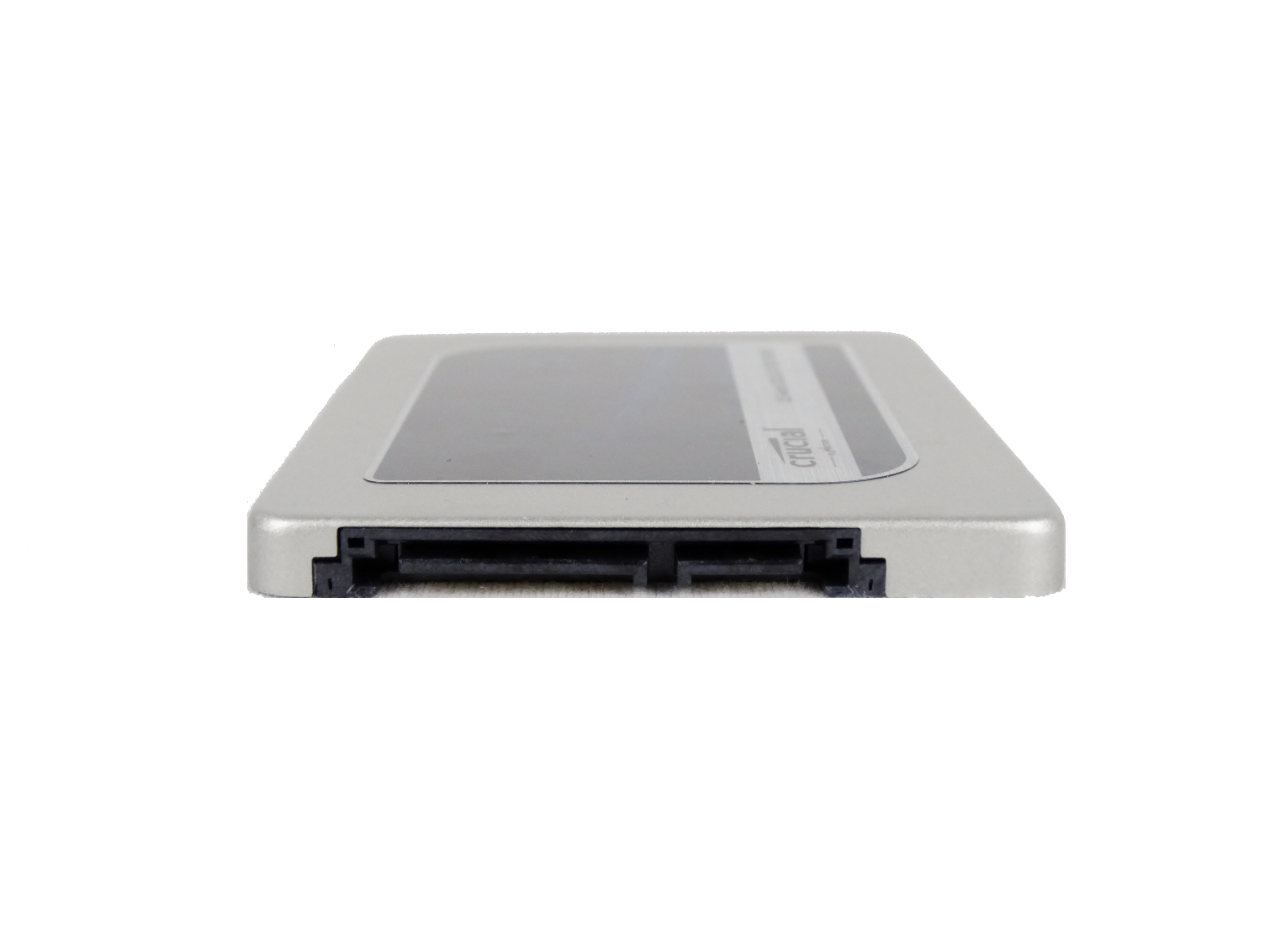
The MX300 series uses a thin metal case that leaves the entire drive feeling very light in your hand. The 7mm Z-height will work in notebooks and drive sleds that require the thin form factor.
Internals
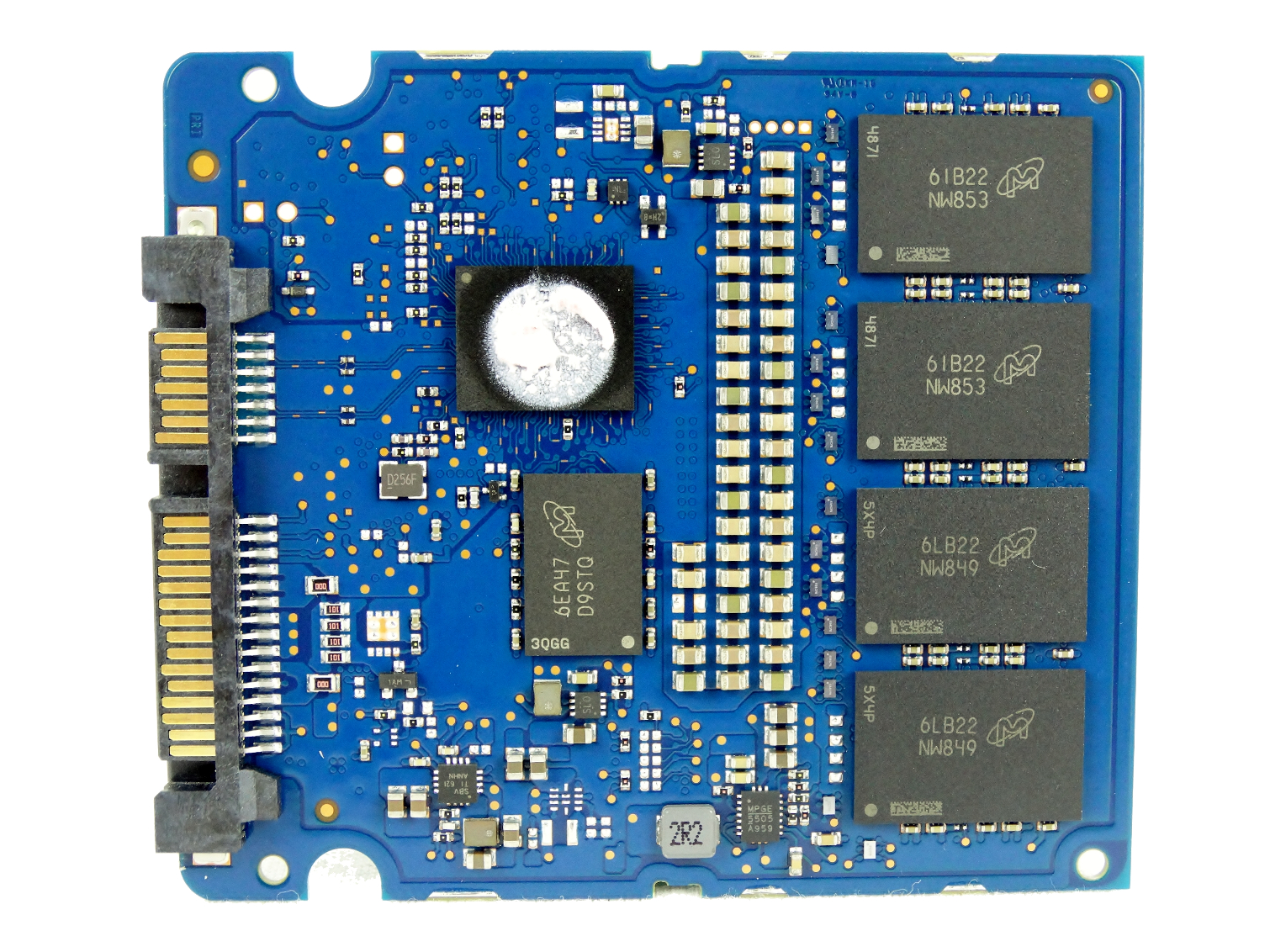
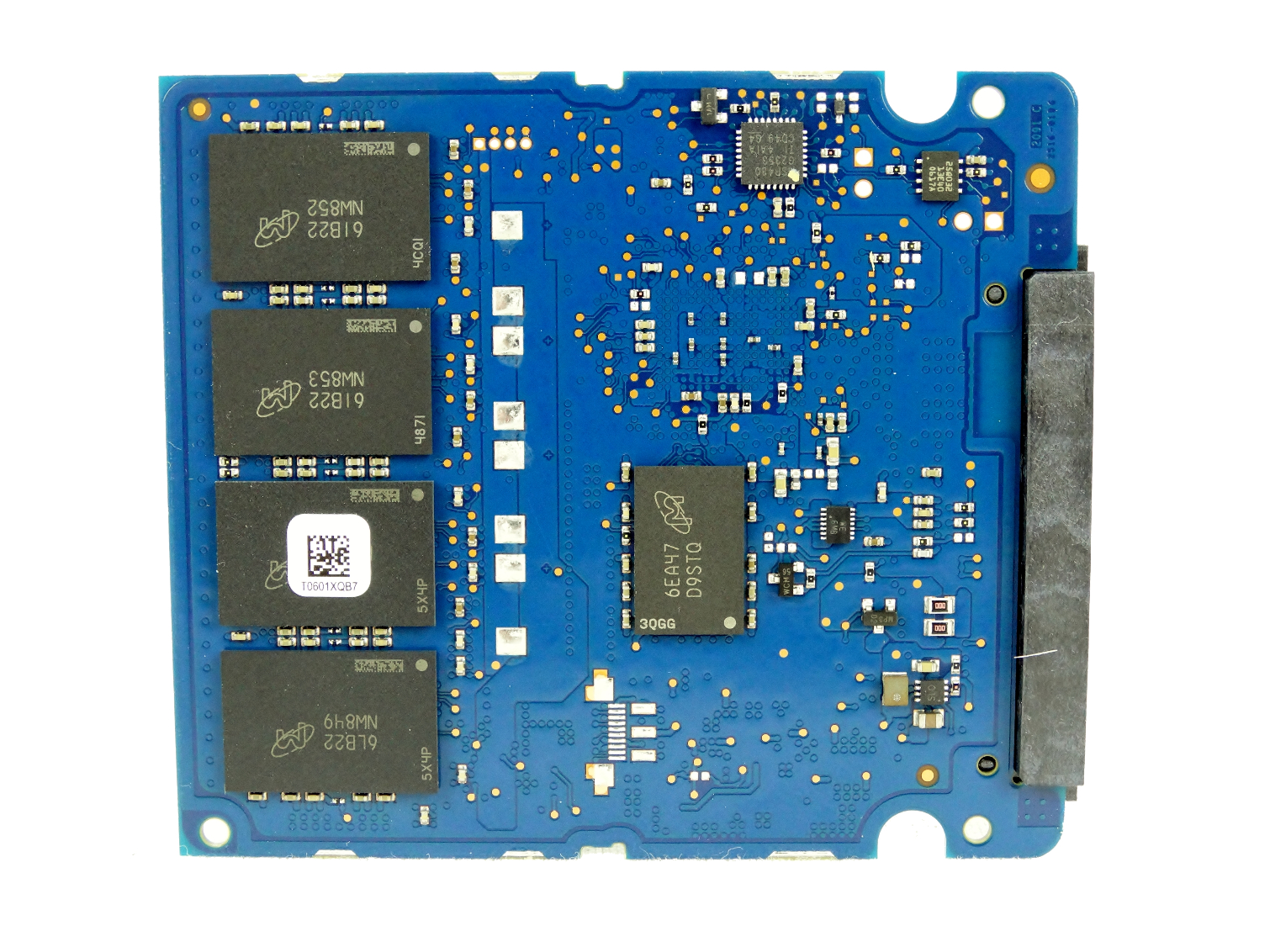



The 2TB model is the flagship MX300 series SSD. Micron populated all of the component emplacements on the PCB with NAND, whereas lower capacity variants will have empty pads for additional NAND packages. The components include eight NAND packages paired with two Micron DDR3 DRAM packages and the Marvell Dean controller. The MX300 series features capacitors that provide enough power to secure data at rest.
MORE: Best SSDs
MORE: Latest Storage News
MORE: Storage in the Forums

Chris Ramseyer was a senior contributing editor for Tom's Hardware. He tested and reviewed consumer storage.
